1 Day Wonders – Day Trips Around Chengdu
One of the best things about living in Chengdu is how easy it is to travel. In just a few hours, you can reach somewhere beautiful. Western Sichuan has some stunning hikes, and scenic spots – and whilst some of them require long bus rides through hilly highways, here are some places to escape to, just for the day;
Leshan 乐山
Leshan is best known for its Giant Buddha, but it’s also home to interesting temples and an epic local food scene. Set off early from Chengdu to explore the Giant Buddha area at a relaxed pace. You’ll still have time to enjoy some local beef. By car, Leshan is about two hours away from Chengdu. Tickets to the Giant Buddha park are 80RMB, and 40RMB for kids.
After reaching the recently restored Giant Buddha, expect a long wait to descend the narrow path — it can take hours on weekends. For an unobstructed view, hop on one of the tourist boats across the river. Afterwards, take time to explore the temples and gardens inside the park.
Don’t miss out on some of Sichuan’s best snacks: 翘脚牛肉 – Leshan beef soup, 豆腐脑 – Soft tofu with crunchy toppings, 钵钵鸡 – similar to chuanchuan served cold in chili oil,and 甜皮鸭 sweet skin Leshan duck. Mmm!
How to get there from Chengdu:
The most hassle-free way is to get the fast train from Chengdu East Railway Station to Leshan and back again, which costs 86RMB/54RMB (1st class/2nd class) each way. It’s best to book ahead, and make sure you bring your passport.
Another option is to get a coach to Leshan from Xinnanmen Bus Station (take Metro Line 3 to Xinnanmen Metro Station). The coach costs 52RMB each way and leaves every 30-60 minutes until the early evening. You’ll arrive at Leshan Xiaoba Bus Station and from there take the number 13 bus (13路) to Leshan Giant Buddha stop (乐山大佛). The coach back to Chengdu leaves from Xiaoba Bus Station every 30-60 minutes and the last bus is at 7pm.
Emei Shan 峨眉山
Located just outside Chengdu in Sichuan province, this glorious mountain is an ideal day trip destination for those seeking history, nature, and culture. It’s home to China’s very first Buddhist temple, built in the first century CE at the summit of Mt. Emei. Sitting at an altitude of 3,000 meters, the Huazang Temple is both breathtakingly beautiful and historically significant.
Mt. Emei has about 30 temples of various historic ages. These helped it and the nearby Leshan Buddha earn UNESCO World Heritage Site designation in 1996. To make the most of your day trip to Emei Shan, we recommend dedicating at least one full day to explore the area thoroughly!
A must-see spot is Baoguo Temple, which also houses a ticket office and tourist center. Sightseeing buses from here can take you to different scenic spots along the mountain. Ticket prices vary depending on your destination. It is around RMB185 per person during peak times and RMB110 off-season.

Close to Baoguo Temple, you’ll find natural hot springs where you can relax in the mineral-rich waters of the mountain. Resorts and hotels in the area offer everything from swimming to yoga and spa treatments. It is also worth noting that the Lingxiu Hot Spring is open until midnight, with last entry at 11 PM. At just RMB138, it’s a perfect way to unwind after a fulfilling day trip in the Emei Shan region.
How to get there from Chengdu:
You can get a train from Chengdu East Railway Station to Emeishan for 99RMB/65RMB (1st class/2nd class). The new Emei Shan train station is about a 50-minute walk from the entrance of the park, and the station is also connected by bus to Baoguo temple, which is the departing point for buses going up Mount Emei and also the starting point for trekking.
Driving from the Sichuan capital to Mt. Emei will take roughly three hours (longer on holiday weekends). Hiring a private car and driver is the most expensive option but might be ideal for a group of up to seven people if comfort and convenience are a top priority.
You can also get a coach to Emei Town from Chengdu East Railway Station Bus Passenger Transport Station (take Metro Line 7 to Chengdu East Bus Station Stop). The coach costs 80RMB each way and leaves at 7:20 am, 10:00 am, 15:00 am, and 16:20 am every day, arriving at Emei Town Main Bus Station.
There are also many local and tourist buses that take travelers from Emeishan Station to the major tourist starting points. In 30 minutes, the number 12 bus will take you to Baoguo Temple at the eastern foot of the mountain. A taxi will make the same trip in ten minutes.
Chengdu Greenway 成都绿道
The next day trip takes you around Chengdu, literally! At the beginning of the year, 99% of the full route of the 100 km-long greenway circling Chengdu opened to the public. The greenway is a loop not accessible to cars running parallel with the fourth ring road (called Chengdu Ring Expressway 成都绕城高速), connecting 78 bridges and 121 eco-parks, they can be accessed from several points. The greenway crossing Tianfu Avenue next to Jincheng park at Global Center is probably the most known access point.
The path is mostly flat, though it includes about 20 km of uphill and 20 km of downhill stretches. The remaining 60 km offers a smooth ride, making it a perfect option for an active day trip whether you’re walking, jogging, or cycling.
Since the greenway opened, it has become a top destination for Chengdu locals looking for leisure and exercise, and already gets quite crowded on weekends and holidays. Most riders use shared bikes, but if you’re planning to complete the full loop, you can rent quality bicycles at locations like Feideng Station (be sure to book in advance during busy periods). Vendors sell drinks and snacks along the trail, and there are occasional basic medic stations. Bringing your own water is recommended, as vending machines aren’t always reliable.
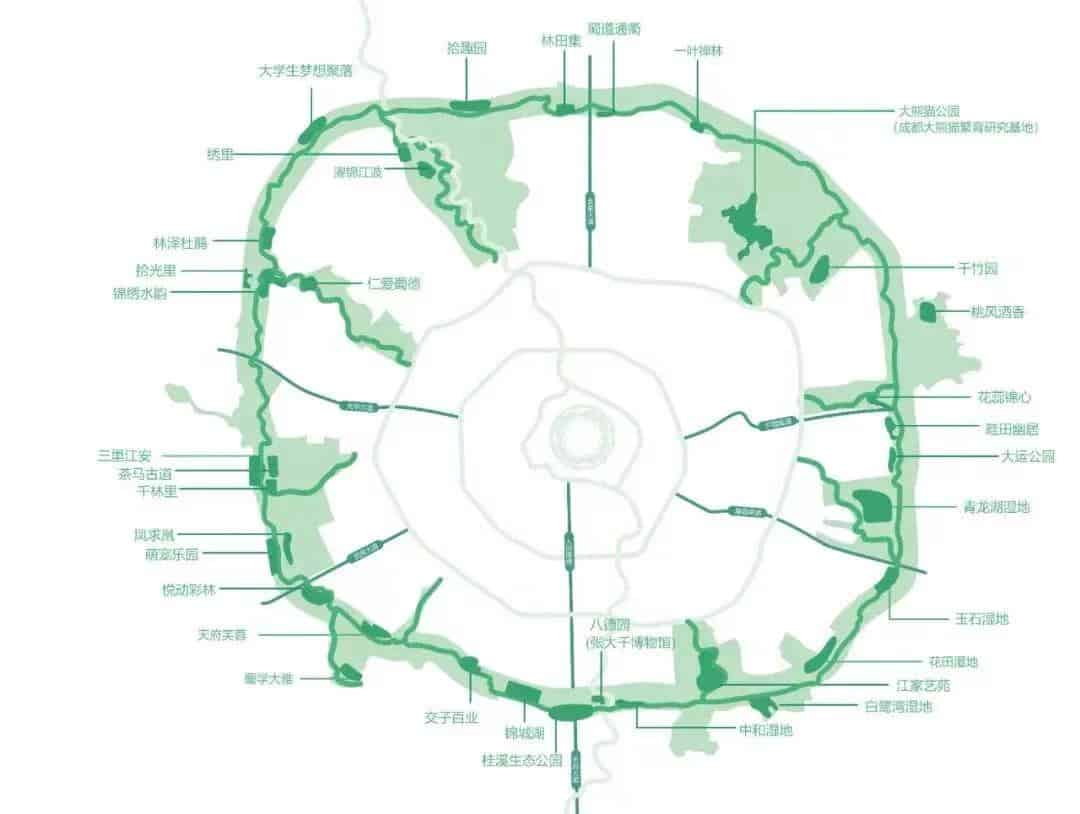
If you don’t plan to do the whole loop, we would recommend these routes:
-East to south (25km): Qinglong Lake Wetland Park 青龙湖潮地 to Jincheng Lake 锦城湖 (near Global Center)
-Southwest to east (40km): entering around Chengshuang Avenue 成双大道 to the Qinglong Lake Wetland Park 青龙湖潮地
Ride safe and enjoy your Chengdu day trip!

Flower Town 三圣花乡
‘Flower Town,’ as it’s known locally, is a group of villages that used to sell flowers but has now gradually become a favorite getaway for Chengdu residents. It’s popular for day trips as it provides a quick escape into the countryside without the need for an overnight stay.
There are plenty of little cafes, bars, and restaurants where you can relax and enjoy the calm of the town, or alternatively rent bikes. There are lots of BBQ restaurants, to invite big groups to, with free flow beer, so gather your friends! Across from the Modern Art Museum, you can also buy cheap flowers and plants at the market.
Why it’s great for day trips: It offers nature, food, and culture all in one, making it an easy and rewarding day out from the city.
How to get there from Chengdu:
Flower town is technically in Chengdu, so it’s a doddle to get to. A DiDi or taxi is the easiest way (30-55RMB) – It’s pronounced sān shèng huā xiāng 三圣花乡. There are also buses (the 899 from Chengdong Passenger Transport Center to Louwailou Stop) or Metro line 2 to 红河地铁站 Honghe Station Exit A1.
Huanglongxi Ancient Town 黄龙溪镇
Huanglongxi is a great choice for day trips from Chengdu. It is an ‘ancient town’ offering a glimpse into ancient China with its rich history dating back to the Han Dynasty. Located in nearby Shuangliu County to the southeast of Chengdu, the town is known for its natural scenery and well-preserved architecture. Huanglongxi features seven ancient streets built during the Ming and Qing Dynasties, at least, according to legend.
.
You can explore temples along the town’s central street, take a river cruise past traditional stilt houses, or simply enjoy the scenic views. It’s also a popular filming location for historical dramas – so don’t be surprised if you see teenagers dressed in hanfu. You can also play mahjong along the river or go fishing.
How to get there from Chengdu:
Take the bus from Chengdu East Railway Station Bus Passenger Transport Station. Buses leave every 30-60 minutes until around 6:30pm. The journey to Huanglongxi takes about ninety minutes and costs 14RMB each way.
Qingcheng Mountain 青城山
Qingchengshan is one of the ancient “cradles” of Taoism in China and makes for one of the most scenic day trips from Chengdu. As you ascend to the peak, you’ll pass a mix of Taoist and Buddhist temples, offering a peaceful and culturally rich experience. For a quieter route, skip the front mountain and head to 后山 (the back mountain).
The entrance fee for Qingchengshan on its own is 84 RMB (half price with a student card), or you can get a combined ticket for both mountains and the Dujiangyan irrigation system for 168 RMB.
It takes about 3 hours to reach Laojun Temple at the summit, with the cable car (80 RMB). However, walking back down instead of riding the cable car is highly recommended for its scenic route, which loops back to your starting point. While many opt for a short day trip, staying overnight allows time to explore the nearby Dujiangyan irrigation system as well.
How to get there from Chengdu:
Take the fast train from Xipu Train Station (Metro line 2) to Qingchengshan Highspeed Station which takes roughly 35 minutes and costs 10RMB each way. Remember you will need your passport, both to book and to take the train. At Qingchengshan train station, take bus number 101 or 102 to get to the start of the walking trails.
Alternatively, you can get a bus to Qingchengshan from the Wide and Narrow Allies 宽窄巷子which takes 1-2 hours, and also stops at Dujiangyan bus station. The buses leave at every hour, and especially frequently from 7 am to 8 am every day. Buses from Kuanzhaixiangzi will stop directly at the parking lot of Qingchengshan ticket office.
Luodai Ancient Town 洛带镇
Located about 20 km from downtown Chengdu, Luodai Ancient Town is a popular choice for day trips thanks to its cultural richness and close proximity to the city. It’s home to the largest Hakka population in Sichuan (90% of the town’s population is Hakka). The town works actively to preserve Hakka traditions. Walking down the town’s main street you can see some beautiful examples of traditional Chinese architecture.
Luodai has a Hakka museum and a spacious park dotted with teahouses. It also has four historic guild halls which date all the way back to the Qing Dynasty.
How to get there from Chengdu:
You can take bus line 1024 from Xihe station 西河地铁站 (Metro line 4 to Xihe Station) to Luodai or catch a bus from Xinnanmen Bus Station straight to Luodai Bus Passenger Transport Center Ancient Town. It will take roughly 1h 45 min to get the scenic spots.
Xiling Canyon Water Rafting
Situated in a 4A-graded tourist area, Xiling Canyon is a popular destination for day trips. It’s famous for its skiing in winter and exciting rafting in summer. The rafting course takes a few hours to complete, with some drops reaching up to 100 meters, though most of the ride is relatively gentle and beginner-friendly.
Rafts accommodate two people, and prices range from 78 to 138 RMB per adult. It’s open from 9:00 AM to 6:00 PM, making it an ideal choice for an adventurous summer day trip outside of Chengdu.

How to get there from Chengdu:
From Chadianzi Station 茶店子汽车站 take the bus to Dayi Staiton 大邑站 for 23RMB. Then take the bus for 8RMB to Yunhua Village 云华村.
Address:
Yunhua Village, Xiling Town, Dayi County, Chengdu
四川成都大邑县西岭镇云华村
The lost city of Sanxingdui 三星堆博物馆
Sanxingdui is one of Southwest China’s coolest recent discoveries, showcasing a major Bronze Age dig site in modern Guanghan, just 40 kilometres from Chengdu. It makes for one of the most fascinating day trips from the city, offering visitors a glimpse into a mysterious lost civilization.
The museum displays over 1,000 artefacts, including striking bronze wares like the now-iconic green and gold alien-like mask that went viral after its recent discovery.
Set in the hills of Guanghan, Sanxingdui is believed to have once been part of a walled Bronze Age city.The discovery at Sanxingdui challenges the traditional narrative of Chinese civilization spreading from the central plain of the Yellow River, and Chinese archaeologists have begun to speak of “multiple centers of innovation jointly ancestral to Chinese civilization.
The newly completed museum is five times larger than the original. It opened in late 2023 and is now the largest single museum building in Southwest China. A perfect spot for history lovers and curious minds on a day trip from Chengdu.
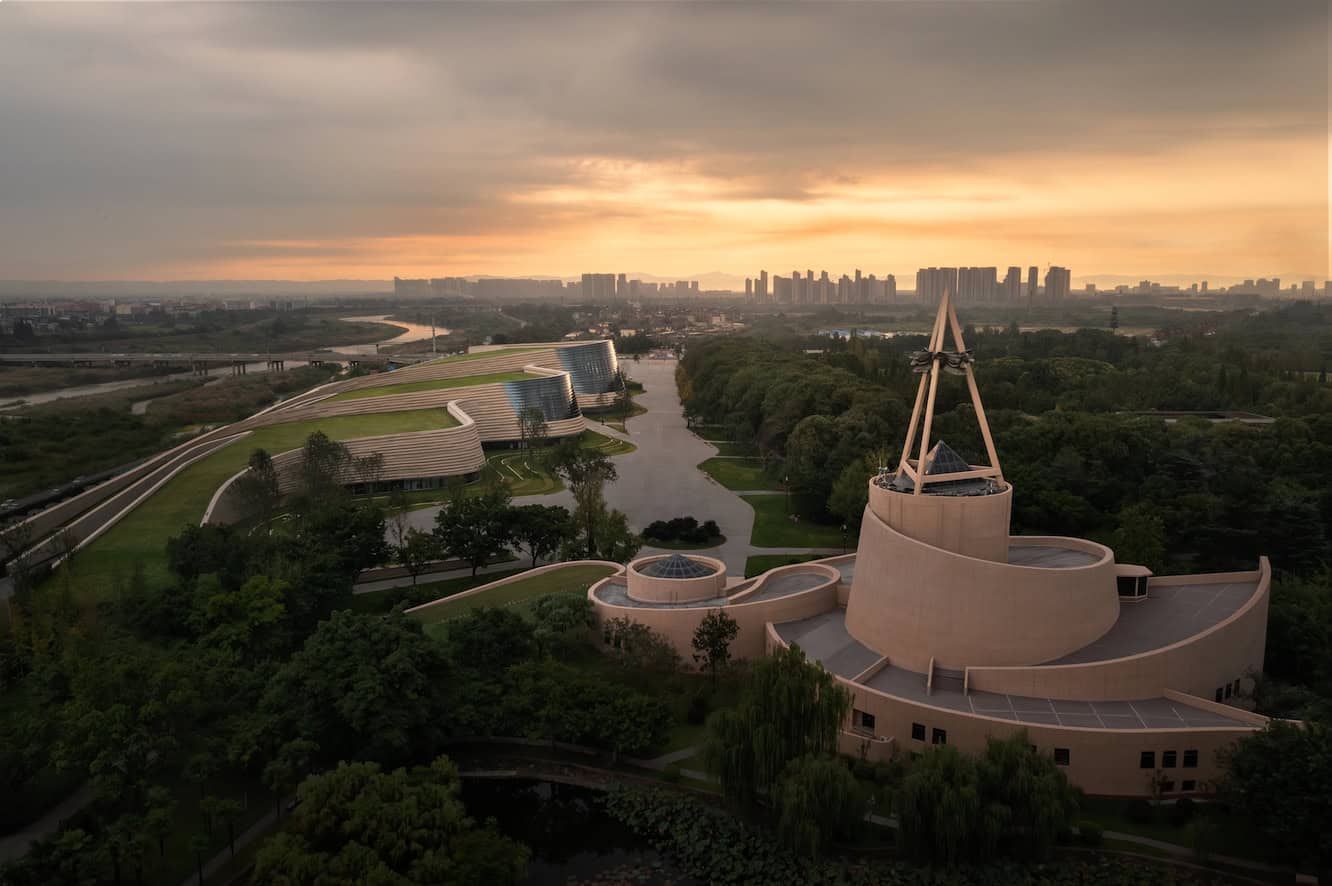
How to get there from Chengdu:
A Didi from Chengdu city center takes around 1hour 20min and costs 100-120RMB
Address:
Guanghan City, Nanxing Town, Xi’an Road No. 133
广汉市南兴镇西安路133号
Entrance:
Adults 72RMB, kids/ students 36RMB
Travel companies offer various packages (Jinsha + panda base etc)
Opening Hours:
Daily, 08:30-18:00
Tel:
028-85500349
Chengdu Natural History Museum
成都自然博物馆
The Chengdu Natural History Museum covers a total construction area of 50,520 square metres, with about 17,000 square metres dedicated to exhibition space. It showcases fascinating exhibits on geological processes, natural disasters and prevention, mineral resources, biodiversity, and the origin and evolution of life.
With nearly 70,000 items in its collection and around 10,000 currently on display, the museum offers an educational and engaging experience that’s ideal for family-friendly day trips within Chengdu.
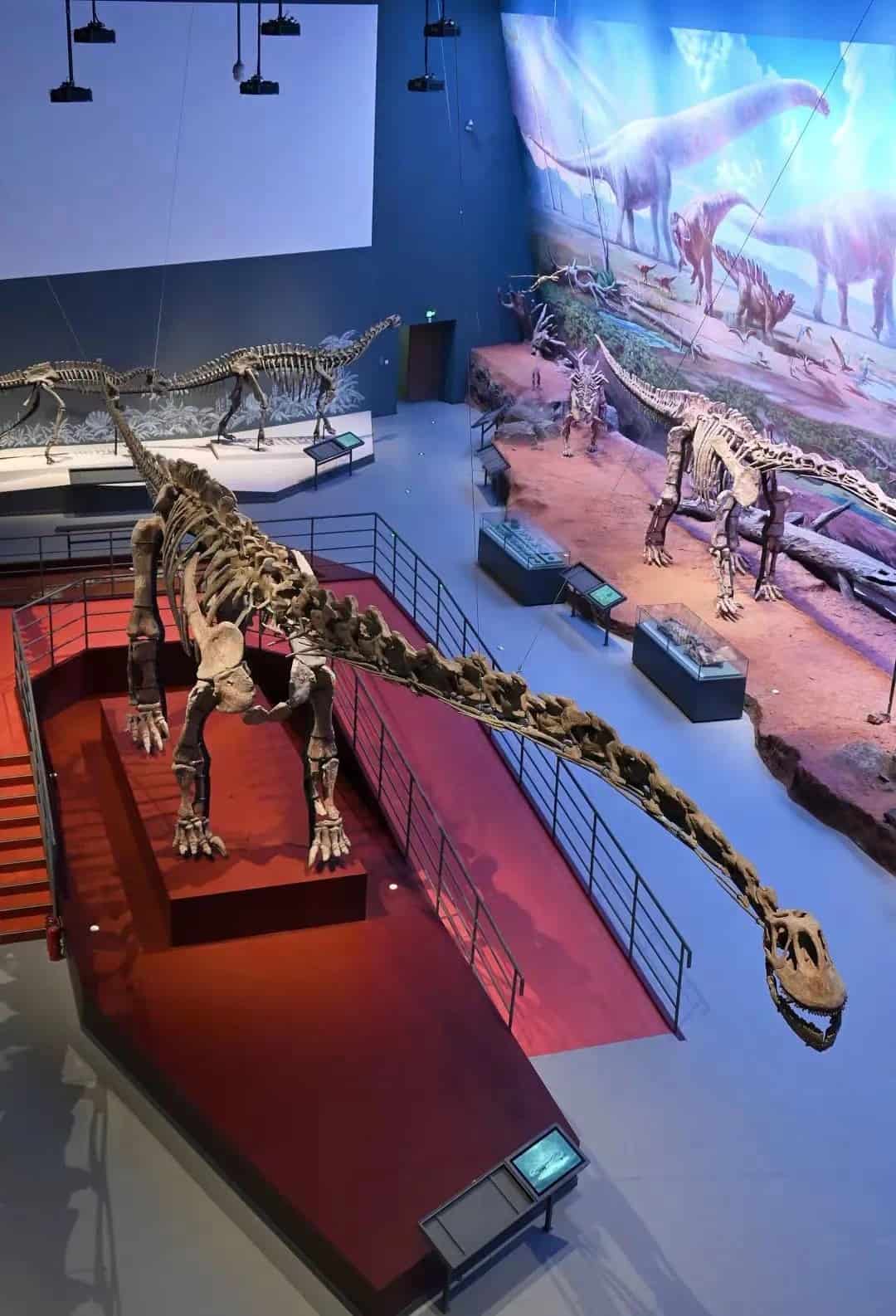
Address:
East of Shilidian Road, Chenghua Avenue, Chenghua District (West of Chengdu University of Technology)
成华区成华大道十里店路以东(成都理工大学西侧)
Open Hours:
09:00am-17:00pm
Ticket Price:
Adult 20RMB
Children & Student 10RMB
Tel:
028-60828500


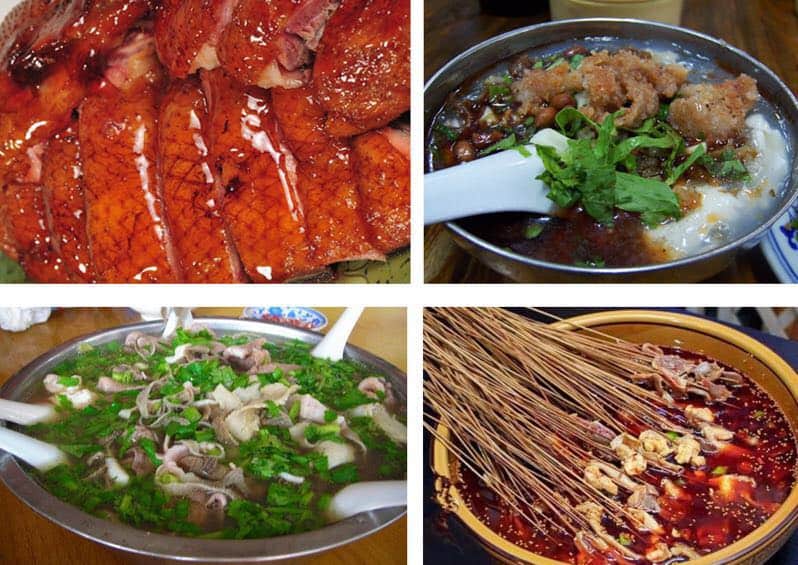

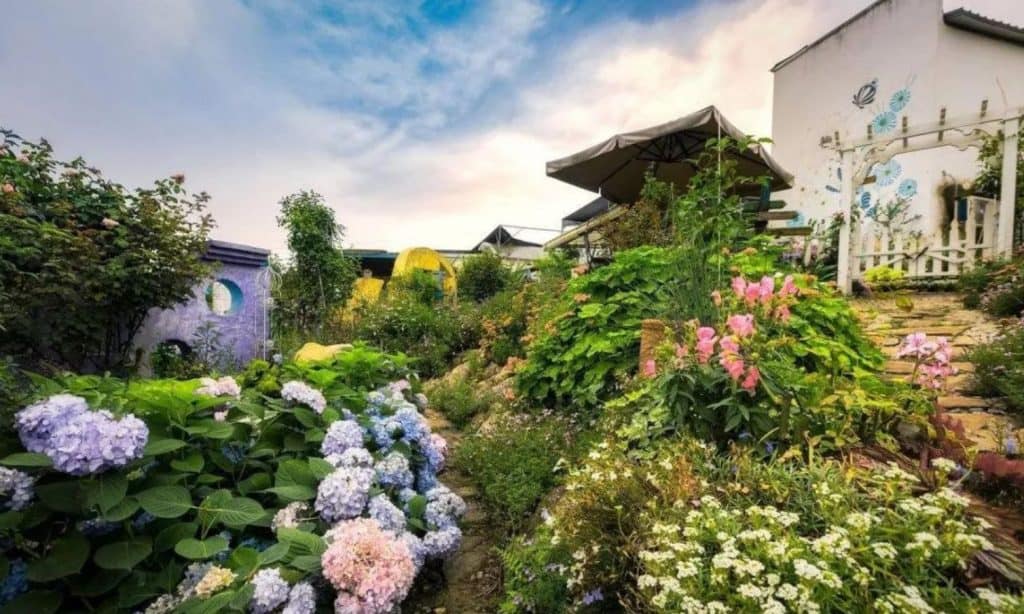
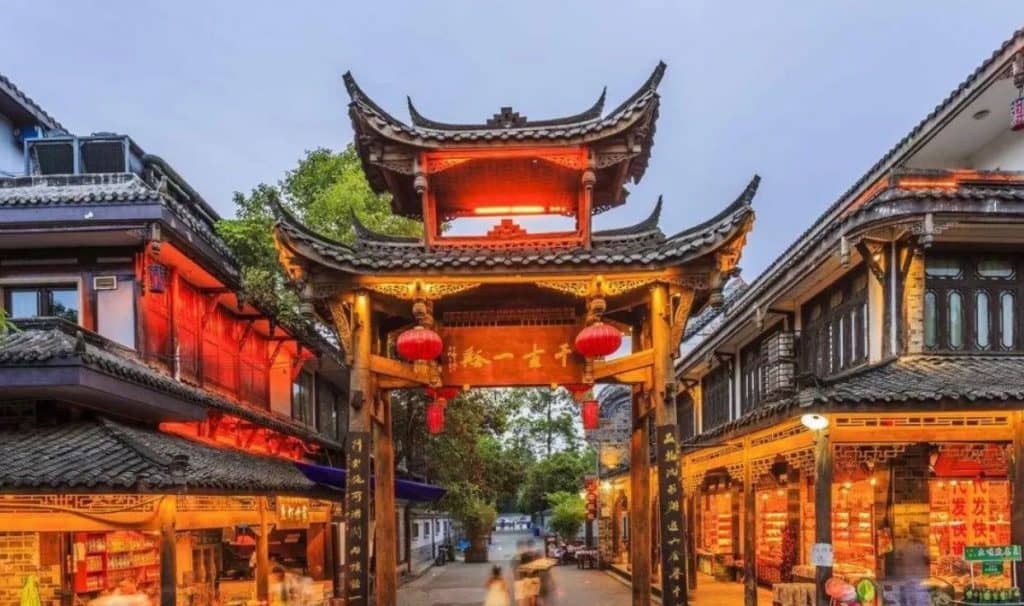
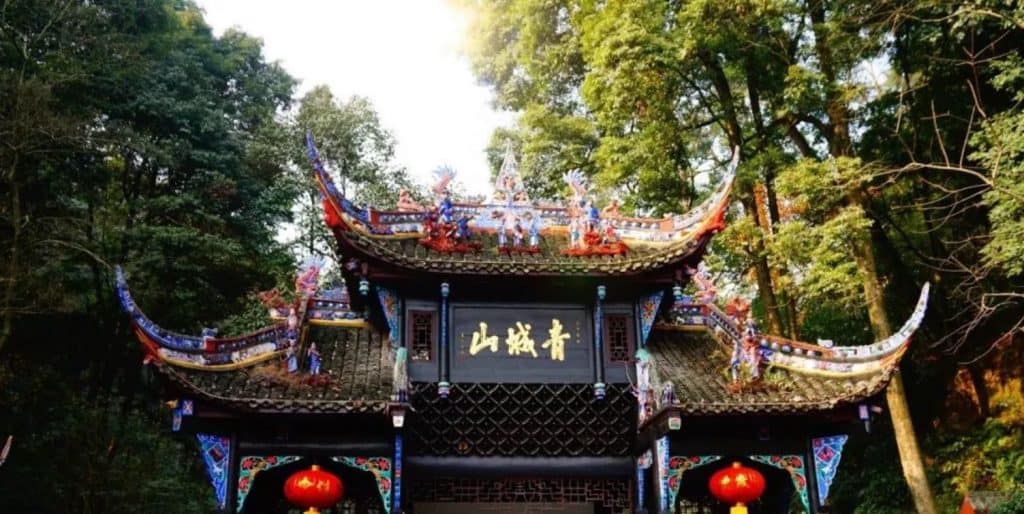
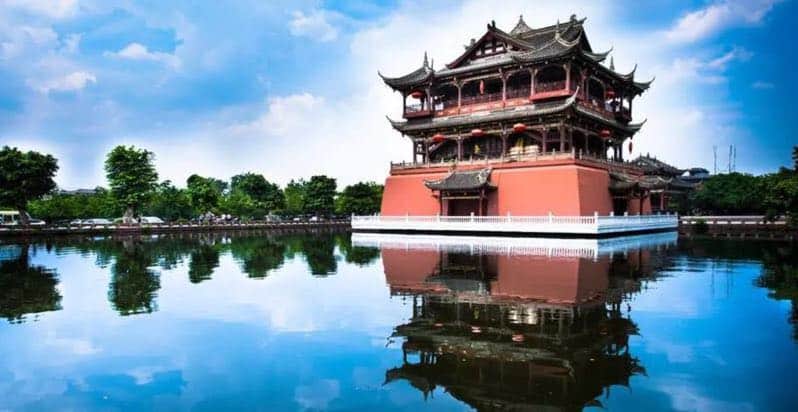


One of the best posts by chengdu expat. Waiting for part 2 of 1 Day wonders. ✌️
thanks, great post and lots tings to do on my first of days 🙂